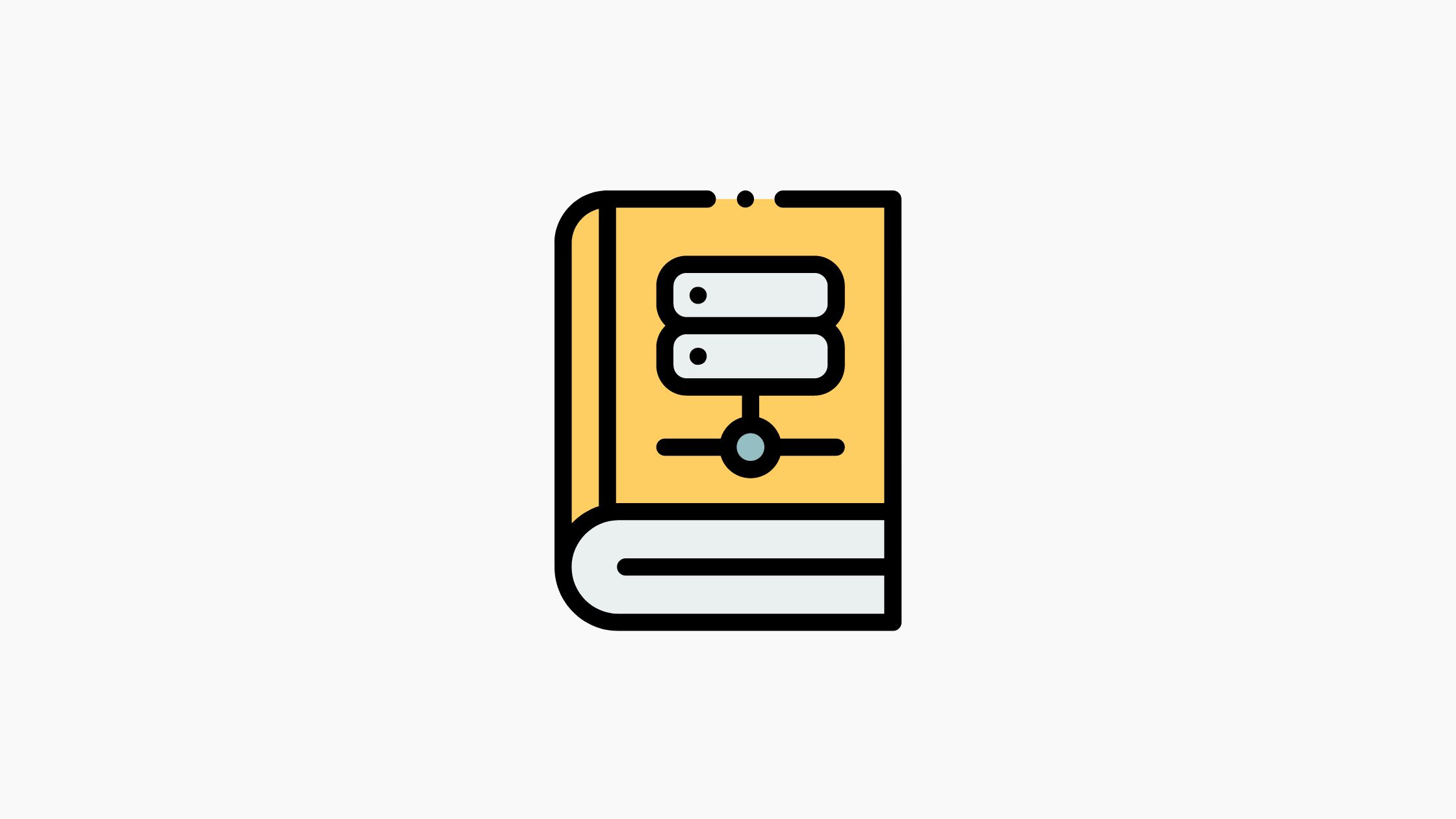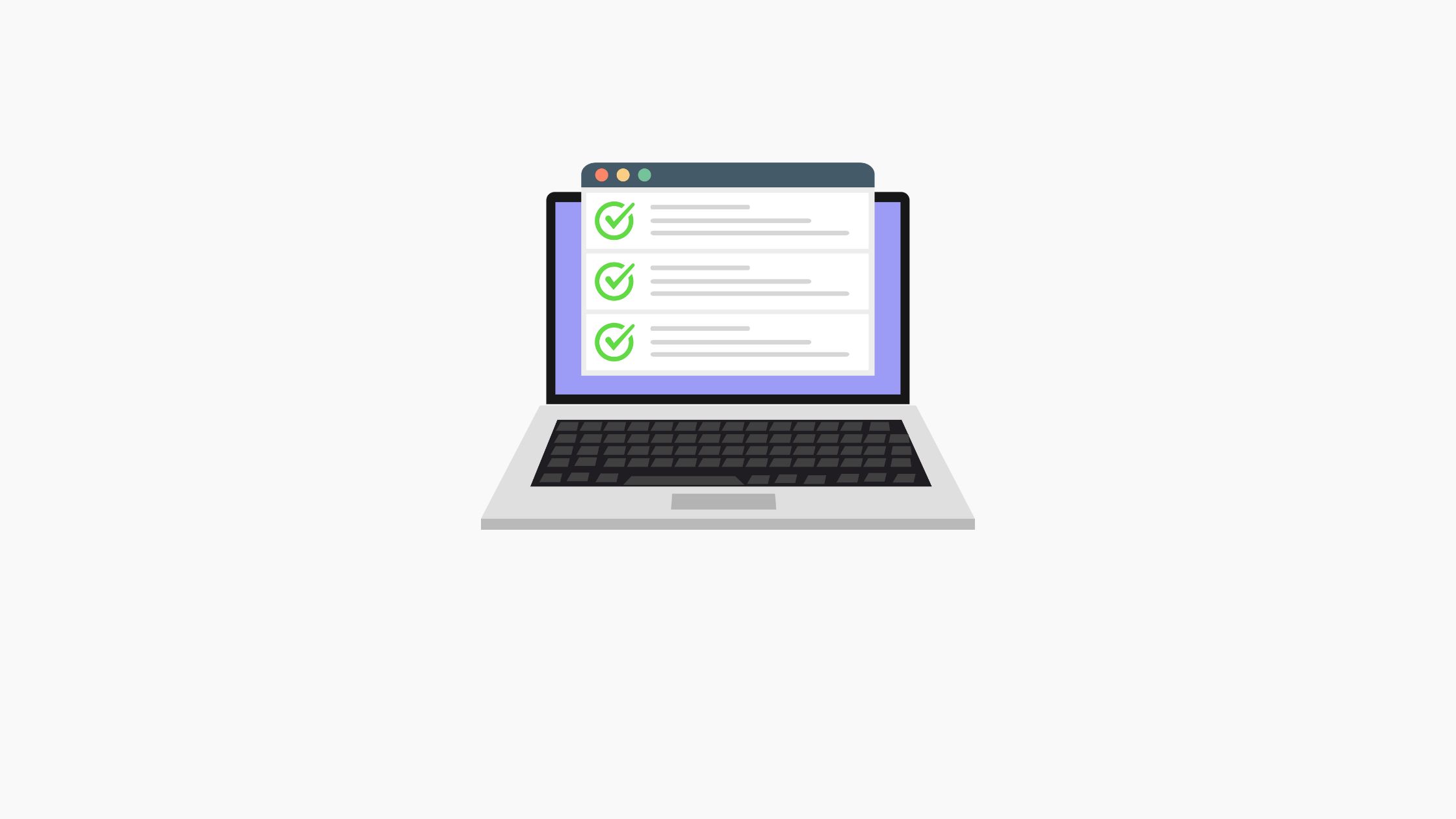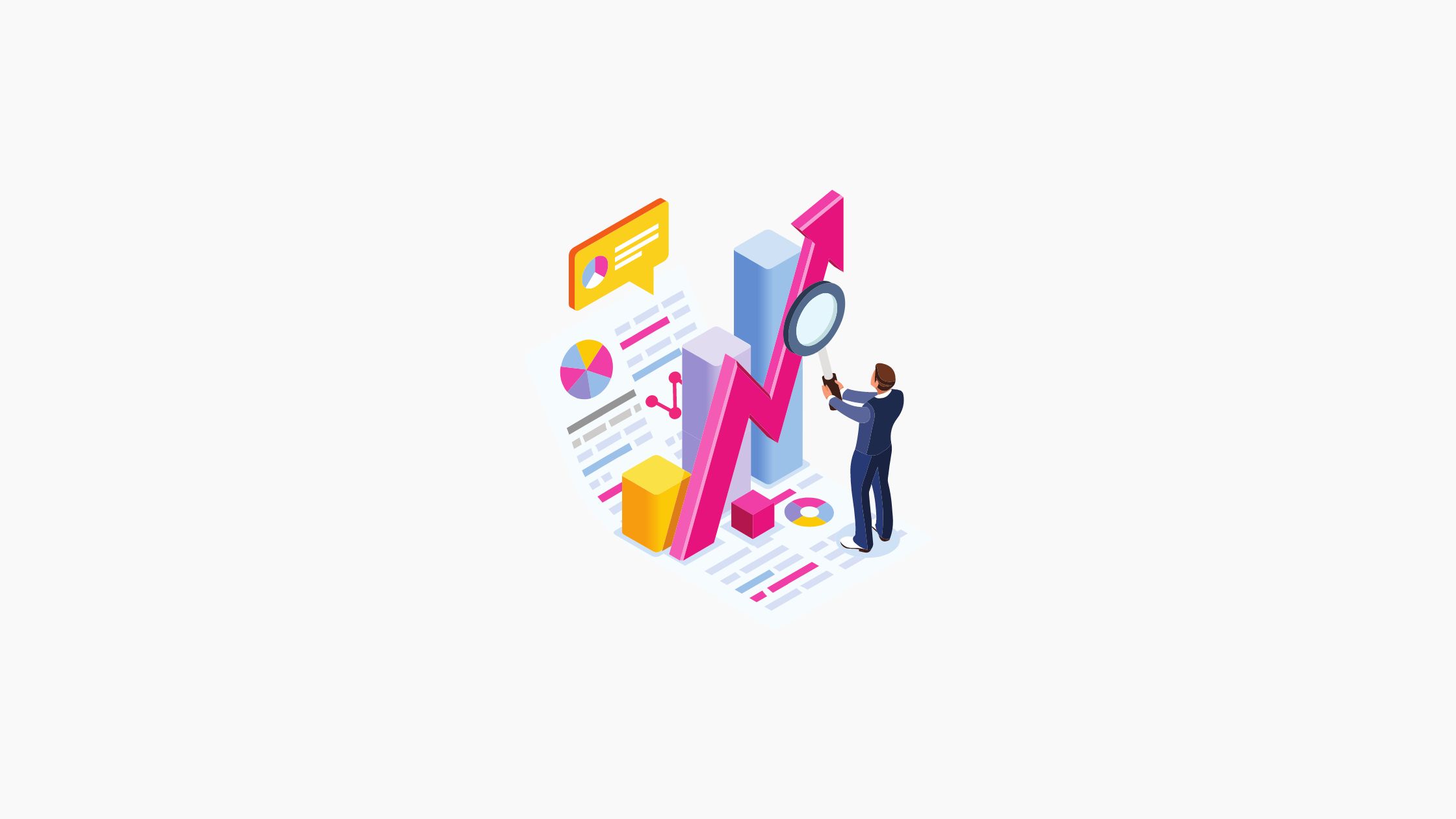Have you ever considered streamlining your school’s library management activities?
Or, have you ever estimated how much time, effort, and resources it takes to manage your school library-related activities?
Well, it’s high time to do it to ensure you don’t fall behind in this highly competitive and dynamic landscape of modern education. It is not new that school administrators and principals continually strive to enhance the learning environment and streamline administrative processes. And a key factor in achieving this goal lies in the efficient management of the school’s invaluable knowledge resource: the library.
The transformation of traditional libraries into digitally robust Library Management Systems (LMS) has emerged as a pivotal solution in meeting these objectives. By harnessing the power of technology, an LMS empowers educational institutions to effectively organize, access, and leverage their vast collection of books and digital assets.
This introduction explores the manifold advantages of adopting a robust Library Management System, offering invaluable insights to school principals and administrators seeking to optimize their libraries’ potential and enrich the academic journey for students and educators alike.
Let’s delve deeper to know the top advantages of the library management system for your school.
What Is a Library Management System?
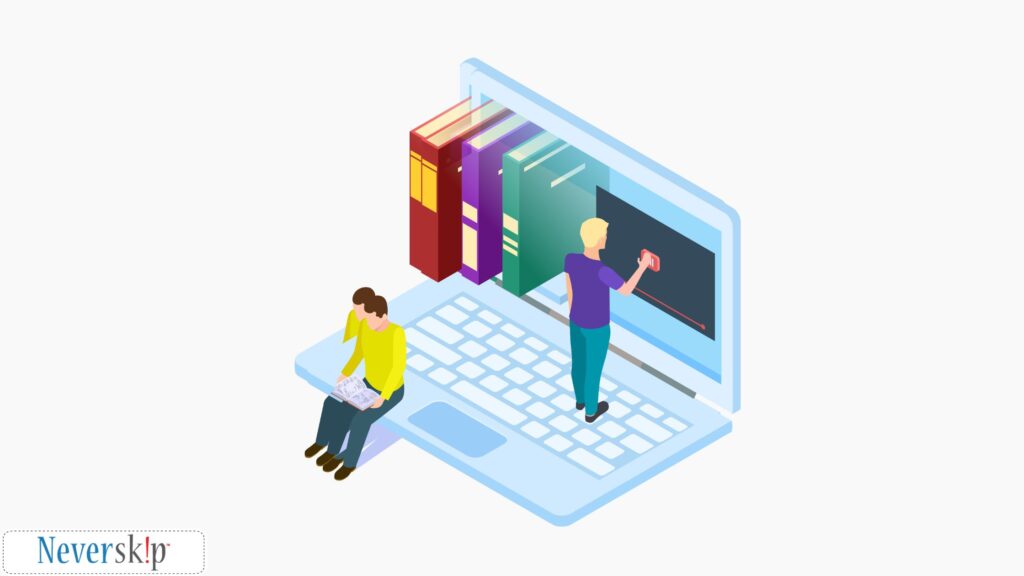
A Library Management System (LMS) is a sophisticated software solution designed to facilitate the efficient organization, administration, and retrieval of resources within a library or educational institution.
As the heart of any library, this system serves as a digital repository for cataloging and managing diverse assets such as books, journals, e-books, audiovisual materials, and more.
At its core, an LMS enables librarians and administrators to maintain a comprehensive database of all available resources, complete with detailed information on each item’s title, author, publication date, and relevant metadata.
This centralized database fosters systematic classification, simplifying the process of resource identification and location for library users. With user-friendly search interfaces, patrons can effortlessly explore the library’s vast collection, ensuring an enhanced browsing experience.
The Top Advantages of a Robust Library Management System (LMS)
From efficient cataloging and organization of resources to streamlined circulation and borrowing processes, an LMS offers a wide array of benefits that elevate the overall library experience for both staff and patrons.
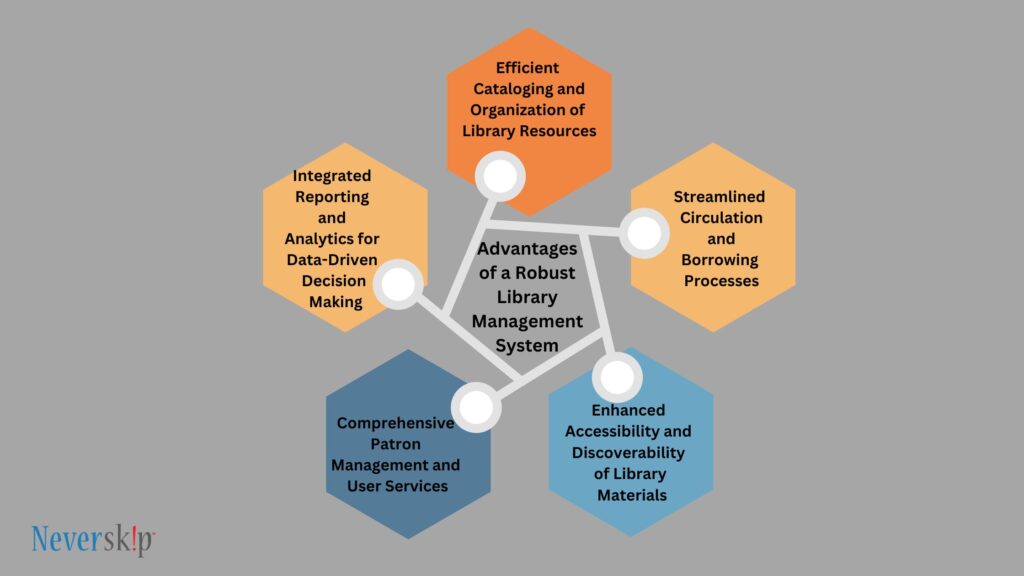
Advantages of Neverskip Library Management System
Let’s have a closer look.
1. Efficient Cataloging and Organization of Library Resources
Here’s how a library management system facilitates efficient organization of diverse library resources.
a. Centralized and Comprehensive Database:
A key advantage of a robust LMS lies in its ability to create a centralized database encompassing all library resources. This database serves as a single repository where librarians can input and manage detailed information about each item in the collection, such as title, author, publication date, ISBN, and more.
With this structured catalog, users can quickly search and locate the resources they need, saving time and effort.
b. Streamlined Classification and Categorization
Proper organization of library resources is vital to optimize the accessibility of materials. An LMS supports standardized classification systems like Dewey Decimal or Library of Congress, enabling librarians to efficiently categorize and group materials based on subjects, genres, and age appropriateness.
This ensures a seamless browsing experience for patrons as they navigate through the library’s diverse offerings.
c. Enhanced Metadata Management:
Metadata is crucial in providing additional context and details about library resources. A robust LMS allows librarians to manage and update metadata, including summaries, reviews, cover images, and user ratings.
Rich metadata enhances the discoverability of resources and helps users make informed decisions about their selections.
d. Easy Integration of Digital Content:
In this digital age, libraries are not limited to physical collections. Many educational institutions now offer e-books, digital journals, and multimedia resources.
An LMS supports the integration of digital content alongside physical items, creating a cohesive and comprehensive library experience for users.
e. Real-Time Availability Status:
One of the most significant advantages of an LMS is the real-time availability status it offers. Patrons can check the availability of specific resources, whether they are on the shelves or currently on loan.
This real-time information enables users to plan their library visits efficiently and reduces disappointment over unavailable items.
2. Streamlined Circulation and Borrowing Processes
A library management system helps streamline circulation and borrowing processes through its focused features and solutions such as –
a. Efficient Check-In and Check-Out:
An LMS automates the check-in and check-out processes, making it quick and straightforward for both library staff and patrons.
With barcode scanning or RFID technology, librarians can efficiently process multiple items at once, reducing waiting times during busy periods and enhancing overall service efficiency.
b. Automatic Due Date Management:
Gone are the days of manually stamping due dates on borrower cards. An LMS automates due date management, sending timely reminders to patrons about upcoming returns or overdue materials. This automation reduces the likelihood of late returns and ensures a smooth circulation process.
c. Reservations and Holds:
When popular items are on loan, patrons can place reservations or holds through the LMS. The system manages the queue and automatically notifies users when the resource becomes available.
This feature prevents disappointment over high-demand items and fosters equity in accessing library resources.
d. Fine Calculation and Payment:
With an LMS, calculating fines for overdue items becomes effortless. The system automatically calculates fines based on predefined rules, such as daily rates and maximum fines.
Patrons can conveniently make payments for fines through integrated payment gateways, promoting financial transparency and accountability.
3. Enhanced Accessibility and Discoverability of Library Materials
A robust Library Management System plays a pivotal role in ensuring that library materials are easily accessible to patrons while fostering efficient discovery of resources. By employing sophisticated search functionalities and user-centric interfaces, an LMS enhances the overall library experience, making it a valuable asset for both patrons and librarians.
a. Advanced Search Capabilities:
A key advantage of an LMS is its advanced search capabilities. Patrons can use various search parameters, including title, author, subject, keywords, and even ISBN or barcode, to locate specific resources quickly.
Additionally, users can employ filters to narrow down search results based on formats, genres, availability status, language, and publication date. This granular search approach allows patrons to pinpoint relevant materials from a vast collection, catering to diverse interests and preferences.
b. User-Friendly Interfaces:
A well-designed LMS offers intuitive and user-friendly interfaces that accommodate patrons of all ages and tech-literacy levels. The user interface is designed to resemble familiar online platforms, making it easy for users to navigate, search, and access materials with minimal guidance. This user-centric approach encourages increased library usage and engagement.
c. Personalized Recommendations:
Leveraging the power of data analytics, an LMS can provide personalized recommendations to library patrons based on their borrowing history and preferences. By suggesting related resources, the system encourages users to explore new topics and discover materials they might not have otherwise considered.
This personalized approach adds value to the library experience, fostering a sense of discovery and continuous learning.
d. Digital Resource Accessibility:
A robust LMS seamlessly integrates both physical and digital resources, expanding the library’s reach beyond its physical boundaries. Patrons can access e-books, audiobooks, digital journals, and multimedia materials from anywhere with internet access.
This accessibility accommodates remote learning, research, and reading, catering to the needs of modern-day learners.
e. Multilingual Support:
Educational institutions often serve diverse communities with varying language preferences. A well-designed LMS offers multilingual support, allowing patrons to search and access resources in their preferred language.
This inclusivity fosters a more welcoming and supportive environment, promoting a love for reading and learning among all users.
f. Enhanced Metadata and Resource Information:
An LMS enriches the discoverability of resources by providing comprehensive metadata and resource information. In addition to basic details like title and author, resources may include summaries, reviews, cover images, and user ratings.
This additional context empowers patrons to make informed decisions when selecting materials, leading to higher satisfaction rates with their library experience.
g. Integration with External Resources:
Many modern LMS platforms offer integration with external databases, academic repositories, and digital content providers. This integration expands the range of accessible resources, providing users with a one-stop solution for their research and learning needs.
Whether it’s academic journals, historical archives, or multimedia content, an LMS bridges the gap between the library’s collection and valuable external resources.
4. Comprehensive Patron Management and User Services
An efficient Library Management System goes beyond organizing resources; it also encompasses comprehensive patron management and user services. By facilitating seamless interactions between library staff and patrons, an LMS enhances user satisfaction, simplifies administrative tasks, and strengthens the overall relationship between the library and its users.
a. User Account Management:
An LMS enables librarians to create and manage user accounts for patrons, capturing essential details such as contact information, borrowing privileges, and reading preferences. This centralized user management system ensures a smooth and personalized experience for every library user.
b. User Authentication and Security:
To protect user privacy and sensitive information, an LMS incorporates robust authentication and security measures. Patrons can securely access their accounts using unique credentials, and the system safeguards personal data in compliance with relevant data protection regulations.
c. Flexible Borrowing Policies:
Each educational institution may have its own borrowing policies based on user categories (students, teachers, staff, external users), resource types, and loan periods.
An LMS provides administrators the flexibility to customize borrowing rules, ensuring that library operations align with the institution’s specific needs.
d. Interlibrary Loan Services:
In cases where the library’s collection might not have a specific resource, an LMS can facilitate interlibrary loan services. Through partnerships with other libraries or consortia, patrons can request resources from external institutions, expanding the range of materials available to them.
e. Reservation Management:
An LMS streamlines the reservation process, allowing patrons to place holds on popular or currently unavailable items. The system manages the queue, automatically notifying users when the resource becomes available for borrowing. This feature ensures equitable access to high-demand materials.
f. Renewal and Overdue Reminders:
To avoid late returns and fines, an LMS automates renewal reminders and overdue notifications. Patrons receive timely alerts, prompting them to renew or return borrowed items promptly. This feature helps maintain positive relationships between users and the library while encouraging responsible borrowing behavior.
g. Circulation Analytics:
By capturing data on borrowing patterns and user preferences, an LMS provides valuable circulation analytics to library administrators. These insights enable data-driven decisions on collection development, resource allocation, and other strategic initiatives.
h. Integration with Library Self-Service Kiosks:
Many modern libraries deploy self-service kiosks to expedite the check-in and check-out processes. An LMS seamlessly integrates with these kiosks, allowing patrons to manage their borrowing activities independently while freeing up library staff to focus on more complex user needs.
5. Integrated Reporting and Analytics for Data-Driven Decision Making
In today’s data-centric world, the ability to harness and analyze information is crucial for informed decision-making.
A robust Library Management System (LMS) empowers educational institutions with integrated reporting and analytics capabilities, enabling library administrators and stakeholders to make data-driven decisions that optimize library operations and enhance user experiences.
a. Seamless Data Collection:
An LMS serves as a centralized repository for all library-related data. It consolidates information on cataloged resources, user accounts, borrowing history, circulation patterns, resource popularity, and more.
The system automatically captures and updates data in real-time, ensuring that administrators have access to the latest and most accurate information. This data collection process lays the foundation for comprehensive reporting and analytics.
b. Customizable Reports and Dashboards:
With an LMS, library administrators can generate customizable reports and dashboards tailored to specific needs and key performance indicators. These reports provide valuable insights into various aspects of library operations, including resource utilization, patron engagement, circulation trends, and collection development.
Administrators can visualize data in various formats, such as tables, graphs, and charts, making it easier to interpret and communicate findings to relevant stakeholders.
c. Circulation Analytics:
Circulation analytics offer a detailed view of how library resources are utilized over time. By analyzing borrowing patterns and popular items, administrators can identify which resources are in high demand and which might need to be reevaluated or promoted.
Circulation analytics can also reveal seasonal trends or spikes in borrowing, informing decision-making related to resource allocation and staffing.
d. User Engagement Metrics:
Through user engagement metrics, an LMS allows administrators to understand how patrons interact with the library. Metrics such as frequency of visits, time spent per visit, and items borrowed per user can help gauge the library’s overall appeal and effectiveness.
This data enables administrators to fine-tune services, tailor offerings to user preferences, and develop targeted outreach strategies.
e. Collection Development Insights:
By analyzing circulation data and user requests, an LMS can provide valuable insights into the effectiveness and relevance of the library’s collection. Administrators can identify gaps in subject areas or genres, assess the popularity of certain resources, and make data-driven decisions regarding collection development and resource acquisitions.
This ensures that the library’s collection remains current, diverse, and aligned with the institution’s educational objectives.
f. Resource Utilization and Space Planning:
An LMS can provide data on resource utilization, indicating which resources receive the most attention and which might require additional promotion. This data can inform decisions on resource placement within the library space and guide efforts to optimize shelving arrangements.
Additionally, data on space usage and peak hours can help with effective space planning and the allocation of study areas and seating arrangements.
g. Budget Allocation and Cost Optimization:
With financial data integrated into the LMS, administrators can track library expenditures and analyze cost per use for various resources. This enables better budget allocation, ensuring that funds are allocated strategically to support high-demand materials and services.
Cost optimization efforts can be driven by insights from data on resource usage and popularity, allowing administrators to allocate funds to resources with the most significant impact on patrons.
h. Assessment of Outreach Initiatives:
An LMS can assist in measuring the effectiveness of outreach initiatives and promotional campaigns. By tracking changes in resource usage and patron engagement after specific initiatives, administrators can gauge the success of their efforts and adjust strategies accordingly.
This assessment ensures that outreach efforts are data-driven, targeted, and yield the desired outcomes.
Opt for a Feature-Rich Library Management System for Your School: Neverskip Library Management System
Neverskip Library Management System offers an intuitive and efficient solution to enhance the productivity and effectiveness of school libraries. With its top features, schools can seamlessly manage their reading inventory and streamline book issue and return procedures.
The system’s automation of cataloging, indexing, referencing, and circulation ensures up-to-date and accurate data is readily accessible. Administrators and librarians can easily monitor the availability status of books, enabling patrons to plan their library visits effectively.
The inclusion of barcode and RFID scanners in the system enhances the scanning process during book issue and return, while the unique identification numbers facilitate efficient book tracking. Additionally, the system automates fine calculations, simplifying the process of levying fines on defaulters for late returns or damaged books.
Neverskip Library Management System promotes organized and user-friendly catalog management, enabling users to search, add, update, and view library materials anytime, anywhere. With its user-centric interfaces and comprehensive reporting and analytics, the system empowers educational institutions to make data-driven decisions, optimize resource allocation, and tailor services to meet the evolving needs of their patrons.
By leveraging Neverskip Library Management System, schools can elevate their libraries to be a hub of knowledge and learning, fostering a vibrant and accessible academic environment for students and educators alike.
Book a free demo today if you are yet to try it out.
